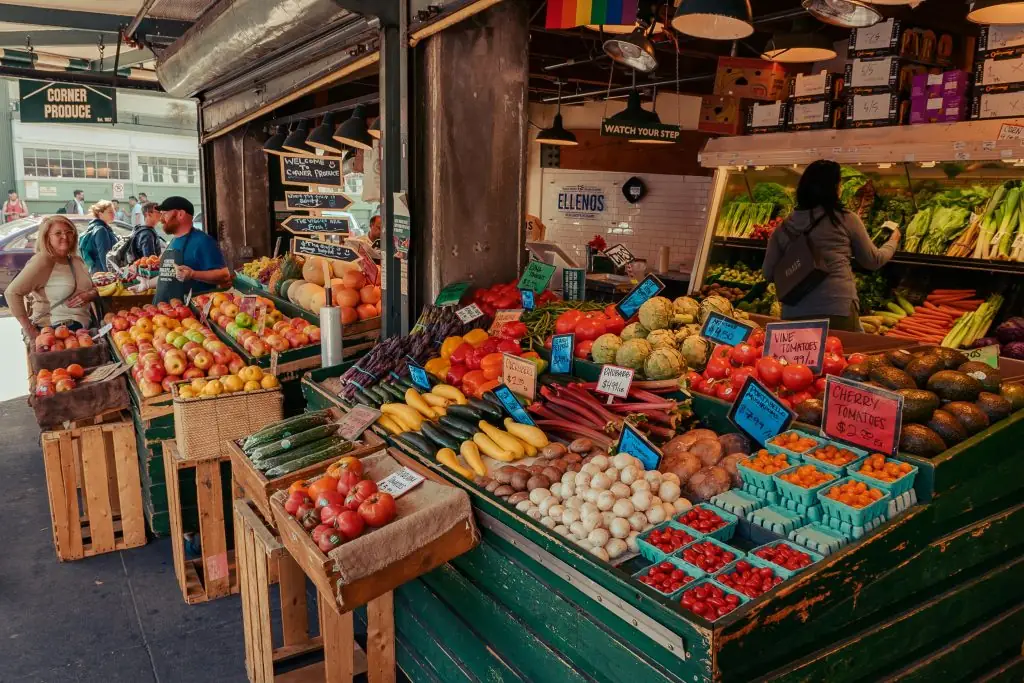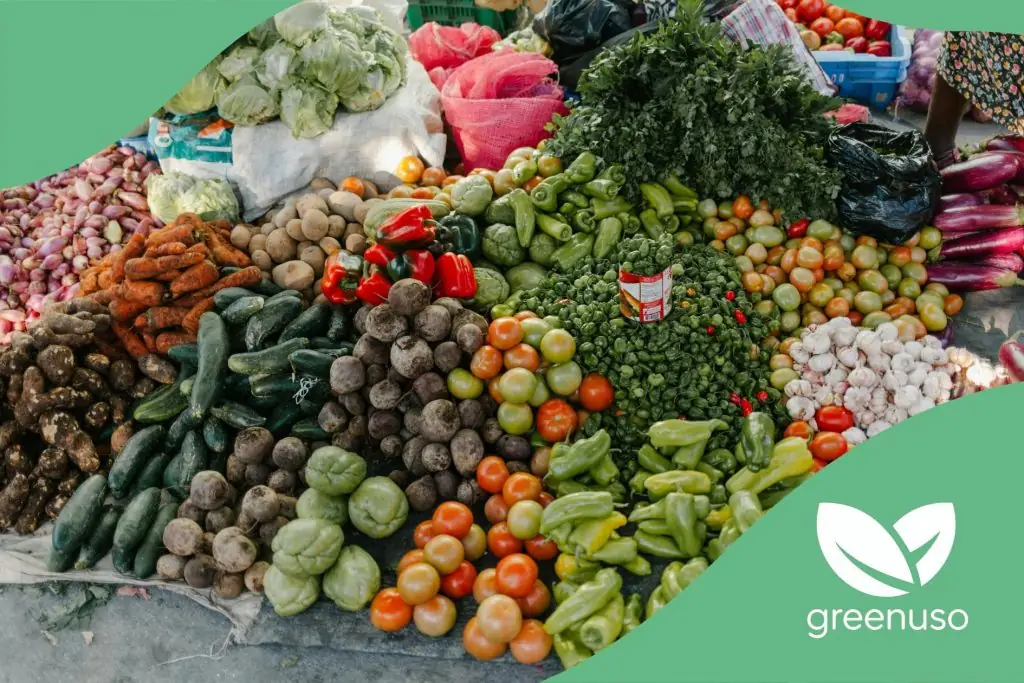Locally produced food, often known as KM 0 products, is one of the key pillars of the Slow Food philosophy. These products promote the use and purchase of sustainable goods, encouraging a more equitable and environmentally beneficial form of trade.
This type of food supports the local economy and helps preserve the surrounding environment. Had you heard of it before? It is the opposite of fast food, which makes it particularly interesting. Whether for your local shop or restaurant, locally produced food can truly make a difference.
What is locally produced food, and why does it matter?
In general, these are products that shorten the journey from harvesting to the final point of sale. Locally produced food prioritises the natural and the local, avoiding highly processed or mass-manufactured goods.
It plays a crucial role today, as part of the Slow Food movement—which supports sustainability, natural resource protection, and local commerce. The goal is to offer authentic products that retain their natural character.
Defining locally produced food
The main idea is to shorten the distance from where the food is grown or produced to where it is sold and consumed—typically within a radius of 1 to 100 kilometres, hence the name KM 0.
Key characteristics that set locally produced food apart include:
- Origin within 1–100 km of the point of sale.
- Usually made or cultivated by local farmers or producers.
- Supports a fairer economy with local opportunities.
- Avoids the use of harmful chemicals intended to prolong shelf life.
- Follows the natural rhythms of the seasons.
- Transported with minimal environmental impact to reduce the carbon footprint.
Environmental benefits of locally produced food
Thanks to these characteristics, locally produced food offers several ecological advantages, such as:
- Reducing the pollution caused by long-distance transport.
- Conserving natural resources like water, soil, and biodiversity.
- Reducing packaging waste, as products require less wrapping or storing.
- Maintaining their nutritional value from source to plate.
Promoting these kinds of products is a real step forward in sustainable and rational consumption.
How locally produced food supports the local economy?
By working directly and ethically with producers, locally produced food strengthens local trade. It usually avoids intermediaries that inflate costs or exploit producers, helping maintain natural cycles and rhythms.
Strengthening communities through local consumption
Buying local creates more jobs and stimulates economic growth. It also encourages better collaboration between producers and consumers, fostering community wellbeing.
This process also helps preserve cultural heritage, supports local farming and gastronomy, and allows for more sustainable diets. It even helps protect local water sources and soil, avoiding exploitation and high environmental costs.
How to identify locally produced food
Locally produced food is often easy to spot. You might already be buying some without realising it—from local markets or producers near your home.
If you rely on supermarkets, look out for specific labels or certifications. These often display the words “KM 0 product” or use green icons indicating the product’s local origin.
Labels and certifications for locally produced food
These products are commonly labelled with green symbols or explicitly marked as “KM 0”. One recognised certification is KILOMETROCERO SLOWFOOD®, an independent label supported by the United Nations, involving audits and periodic reviews.
Some regions have developed their own local labelling systems due to the absence of a global certification. This may eventually lead to a standardised international framework.

How to shop for locally produced food
Whether at a market or grocery store, always check the origin of the products. Seasonal produce is usually a strong indicator.
Municipal markets are ideal for finding locally produced food. Many also offer home delivery options. Once you try them, you’ll likely notice better quality and taste straight away.
Locally produced food and health: what are the benefits for consumers?
Local farmers gain economic benefits, and consumers enjoy fresher, more balanced diets. Harvested at the right time, these foods retain full nutritional properties.
Nutritional quality of local food
Because these products are seasonal and freshly harvested, they preserve texture, flavour, and nutritional integrity. This supports digestive health and overall wellbeing.
They also don’t require preservatives or additives, which are often harmful in the long term—unlike mass-transported products that must withstand long shelf lives.
The link between locally produced food and wellbeing
The benefits extend to both personal health and community prosperity. KM 0 food is an essential part of a healthy, responsible lifestyle.
It encourages better food practices, supports sustainable farming, and contributes to environmental protection in local areas. These are wins for individuals, communities, and the planet.
Locally produced food and gastronomy
Any establishment seeking eco-friendly ingredients—whether for schools, restaurants or canteens—should prioritise locally produced food.
Thinking of creating an organic menu for your restaurant? Using local ingredients is one of the best ways to start. The benefits stretch far beyond your kitchen, positively impacting your region and even the global environment.

